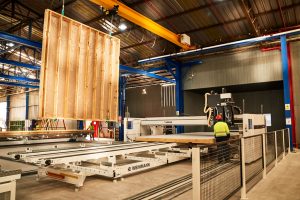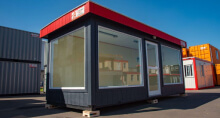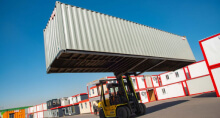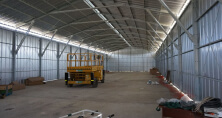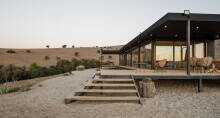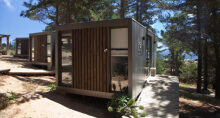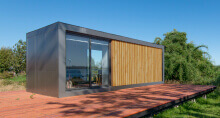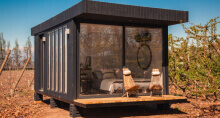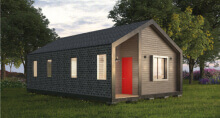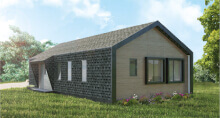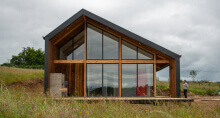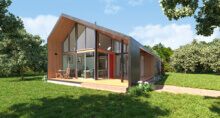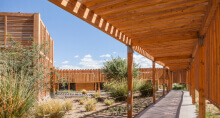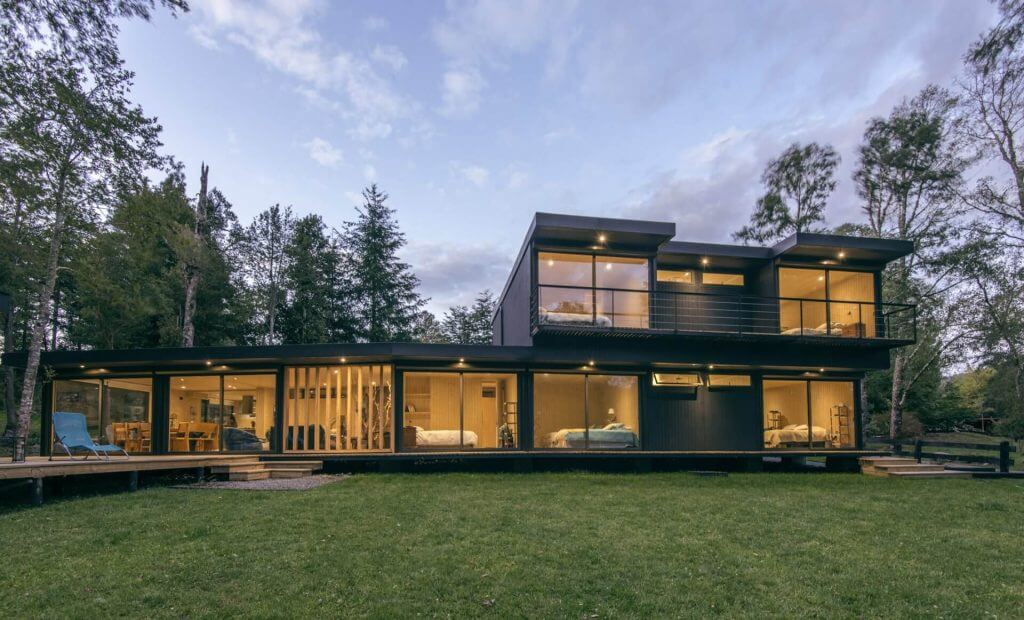This resource is the only renewable and recyclable element. In addition, it has an unparalleled advantage: it is capable of absorbing carbon dioxide, which makes it a climate change mitigator.
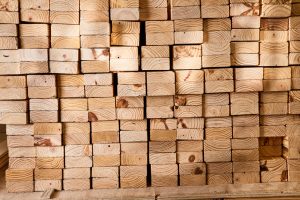
Increasing the use of wood in buildings and infrastructure is one of the great challenges facing construction in Chile and the world. This material not only stands out for being extremely versatile -it can be used in structures and beams, even panels, formwork and floor coverings-, but also allows CO2 to be reduced from the atmosphere.
In some countries, wood construction exceeds 60%, while in the United States and Canada, 90%. “Wood has been used for centuries in infrastructures, but in recent years it has gone further, surpassing its traditional use, being considered for high-rise buildings. In addition, it has become attractive due to its low environmental footprint”, explains Mario Yáñez, engineering manager at Tecno Fast.
The executive explains that Tecno Fast integrates wood as one of the leading materials in its projects. An example of this is the Pérez Caldera hotel in the Los Bronces site, a hotel with 8 buildings of 6 stories high, which was made 100% with wooden modules.
Next, we review five reasons to prefer wood when building your home:
- Only renewable and recyclable material
Wood is the only building resource that is renewable. If the forests are managed sustainably, the trees can grow, be harvested and replenished with new plantations, and then enter into that virtuous cycle.
This element can be recycled indefinitely, which is not the case with other construction materials. Likewise, once the wood is no longer used for its original purpose, it can serve as a base for other products.
- embodied energy
Another positive feature of wood is its low embodied energy, a concept that refers to the amount of energy required to harvest, extract, manufacture and transport a material or product to the place of use.
While fossil fuels are the primary source of energy to make steel and concrete, the sun naturally provides the energy for trees to grow. Added to this is the fact that wood requires a much lower amount of energy to be processed compared to other materials.
- carbon footprint
A third environmental benefit of wood is its ability to absorb carbon. It is known that trees play a fundamental role in filtering and renewing the air we breathe, since they absorb carbon dioxide and water and then release oxygen. The CO2 is stored until the tree dies or burns, when the gas is released into the atmosphere.
What many don’t know is that trees use CO2 to produce wood and that products made from this resource continue to store the gas for as long as they exist. In fact, half of the weight of the wood corresponds to the absorbed carbon.
Wood not only accumulates large amounts of CO2, but its manufacture generates significantly lower greenhouse gas emissions in relation to other materials: The production of one ton of wood generates 33 kilos of net carbon emissions, compared to 265 kilos of concrete (8 times more) and the 694 kilos of steel (21 times more).
Once built, a steel building will produce around 12,200 kilos of carbon dioxide per cubic meter, a concrete one will generate 385 kilos of CO2 and a brick one will emit 375 kilos. Something totally contrary to what happens with a wooden one, which will remove 800 kilos of carbon per cubic meter of air.
It is estimated that by replacing steel and concrete with wood, GHG emissions can be reduced by an average of 60%.
- Waste
Thanks to precision engineering and a controlled manufacturing process, the wooden structures are made to measure, which allows to optimize the use and reduce waste by up to 70%.
In addition, any waste generated can be reused or recycled.
- Energy efficiency
Finally, wood contributes to the energy efficiency of a building because its cellular structure contains pockets of air that limit its ability to conduct heat, making it a better insulator than other materials: it is 400 times better than steel and 15 times better than concrete.
